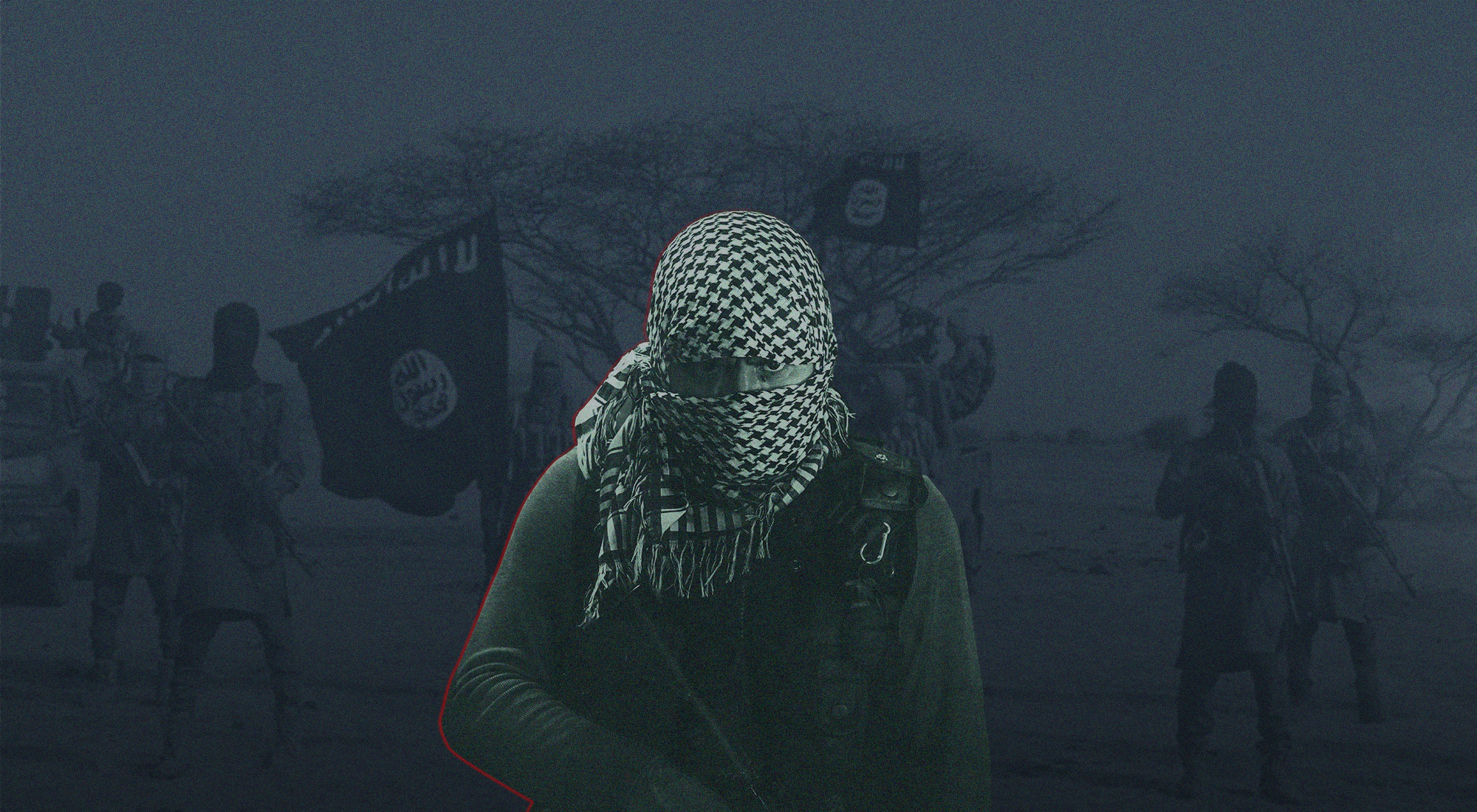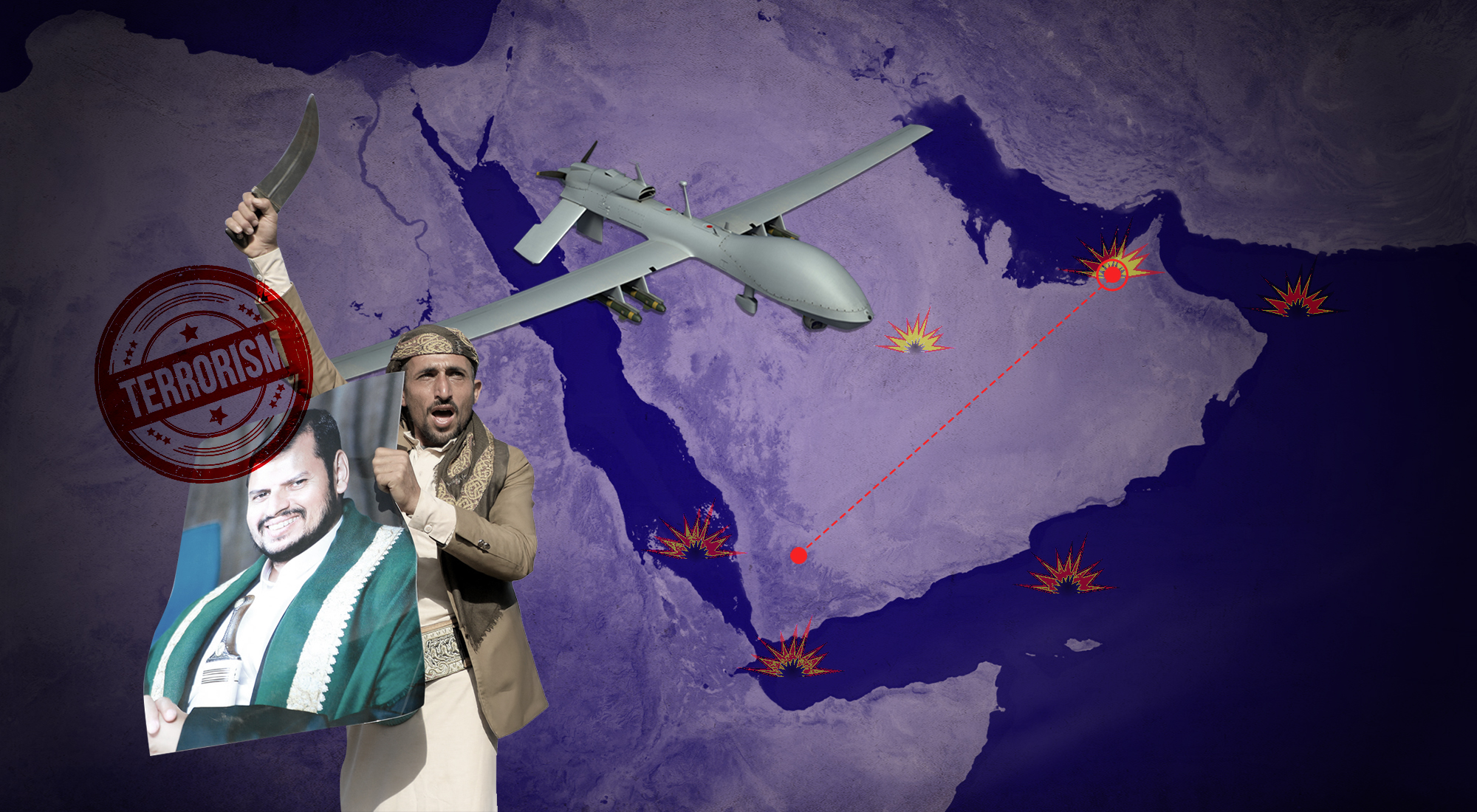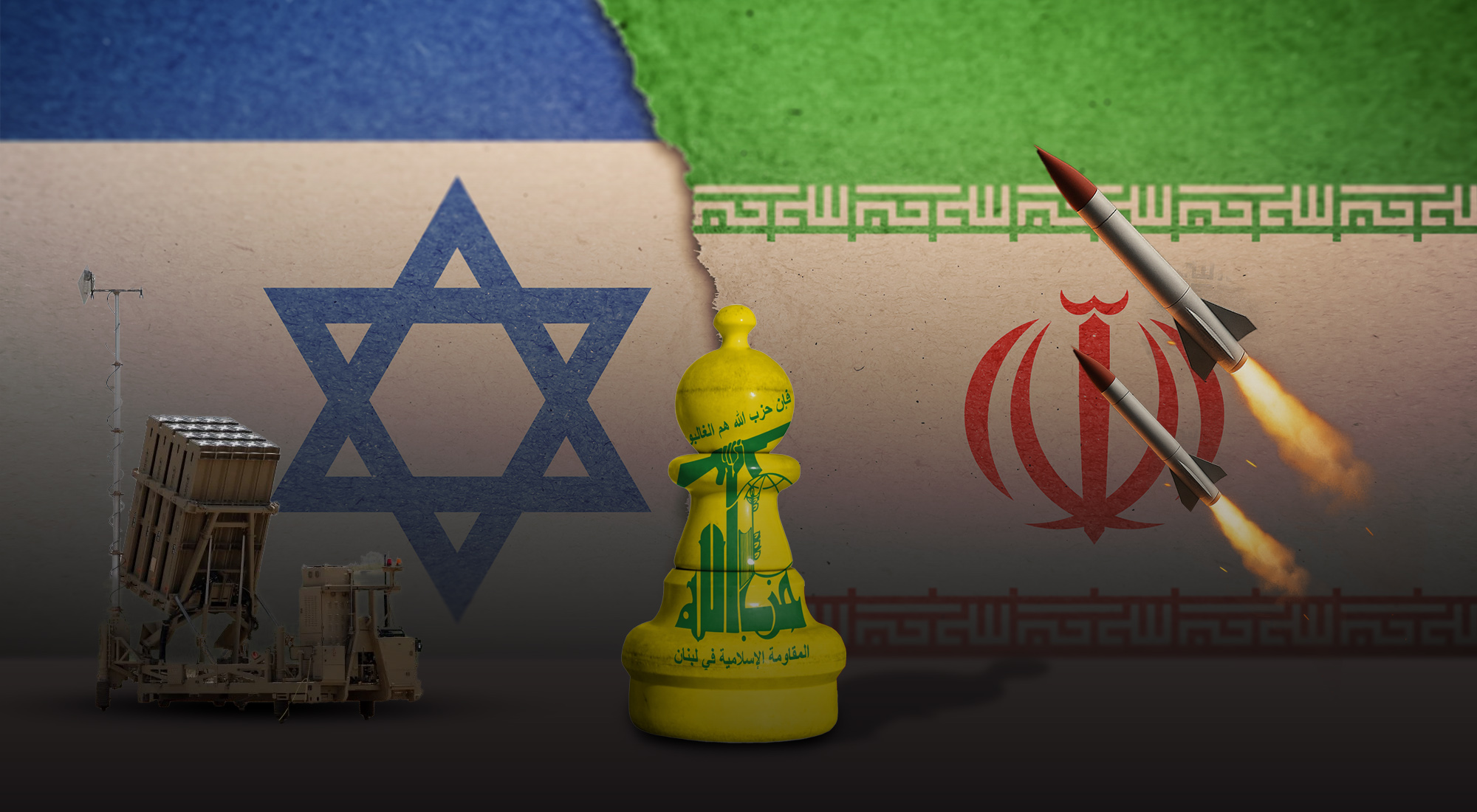ISIS is a global terrorist group consisting of Islamist insurgents. When it was at its height in 2015, the organization controlled large swaths of both Iraq and Syria, enabling it to carry out attacks both inside and outside of the region. U.S. military officials have issued a warning stating that the group is still active and has been actively expanding its presence worldwide by forming partnerships with affiliated groups in Africa, the Middle East, and Asia. However, it is important to note that the group no longer has total control over territory in Syria and Iraq. The 2024 Annual Threat Assessment (ATA) of the United States Intelligence Community states that “ISIS will continue to function as a centralized worldwide organization, albeit being compelled to depend on regional branches.” The assessment also indicated that ISIS would “make efforts to carry out and encourage worldwide strikes targeting Western countries and their interests.”[1]
ISIS expansion in 2024
The Washington Institute released the ISIS Select Worldwide Activity Map in an effort to improve surveillance and understand the terrorist group’s current situation. A year later, the overall picture presented by the data is depressing. While the central regions of Iraq and Syria where ISIS operates have been weakened, the group has managed to expand its influence in peripheral areas in 2024. In Afghanistan, ISIS Khorasan Province (ISKP), also known as ISIS-K and IS-K, has taken the lead in carrying out operations outside of its core territories. Furthermore, more IS provinces are taking control of areas in Africa. ISIS or IS sympathizers persist in devising significant acts of terrorism, particularly in Turkey; however, most of these endeavors have been foiled by law enforcement (except the notable instance of the January 2024 bombings in Kerman, Iran).

Claims of IS Attacks by Year [2]
This study aims to evaluate the potential expansion of ISIS in 2024 by examining its presence in various regions. The analysis can offer a more accurate understanding of the current position of the organization, especially in view of the growing calls for the dissolution of the global coalition responsible for combating ISIS.
IS status in Syria and Iraq
ISIS continues to wage a low-level insurgency across Syria and Iraq. These include detonations and surprise attacks directed at both civilians and military personnel. The group’s ability to coordinate strikes displays its continuous operational capacity. ISIS mostly engages in combat with Syrian government forces and various opposing factions within the eastern desert regions of Syria. The gang currently utilizes guerilla warfare tactics, including surprise attacks, as well as employing tunnels and hideouts to evade counterterrorism operations.
According to UN sanctions monitors, IS has been largely contained in Iraq and Syria as of early 2024, although it remains a threat. During his testimony in March 2024, Gen. Kurilla, the Commander of U.S. Central Command (CENTCOM), warned that if the Coalition were to withdraw before U.S. allies could operate independently, ISIS might reclaim territory over a span of two years. Individuals were held captive by ISIS.
About 9,000 IS militants were still being held by the Syrian Democratic Forces (SDF) as of late 2023 in camps that were open to IS attacks. Furthermore, the Al Hol and Roj compounds are under the control of the SDF, housing some 44,000 people linked to IS, of whom 93% are women and children. American officials have warned about the danger of IS radicalization. The Al Hol population fell by 17% in 2023 as a result of repatriation initiatives.[3]

South Asia and Southeast Asia
ISIS’s influence extends to South Asia and Southeast Asia, where it has found fertile ground for recruitment and radicalization.
South Asia: ISIS-Khorasan (ISIS-K) is a significant threat to both Pakistan and Afghanistan. The organization challenges the legitimacy of the Taliban and intensifies its assaults on civilian and military targets. ISIS-K aims to disseminate its ideological influence and provoke instability in the region.[4]
Southeast Asia: ISIS has utilized terrorist networks and indigenous uprisings in Southeast Asia. ISIS-affiliated organizations such as Abu Sayyaf have perpetrated acts of terrorism in the Philippines, including bombings and kidnappings. The capture of several ISIS-affiliated individuals in Malaysia and Indonesia has unequivocally demonstrated the group’s persistent threat to the region.[5]
ISIS Khorasan Province:
In 2015, terrorists hailing from Pakistan, Afghanistan, and Central Asia formed the ISIS Khorasan Province (ISKP) in Afghanistan. The 2024 Annual Threat Assessment (ATA) states that the ISKP has escalated its attacks in Afghanistan following the Taliban’s resurgence in 2021. The ISKP is actively striving to carry out strikes that undermine the legitimacy of the Taliban authority. Despite the Taliban’s implementation of certain counterterrorism measures against the ISKP, the organization still maintains a “safe haven” in Afghanistan.In 202
4, Gen. Kurilla, who is in charge of CENTCOM, gave testimony stating that ISKP still had the ability and determination to launch attacks on American and Western targets overseas within a span of six months, and with minimal or no advance notice. This warning echoes a similar one issued in 2023.[6] The ISKP carried out large-scale attacks resulting in several casualties in both Iran and Russia during the beginning of 2024. U.S. officials had informed both countries beforehand about the assaults.
Europe
ISIS continues to incite and inspire individuals to carry out lone-wolf attacks through its online propaganda. Instances of this nature have been frequent in France, the UK, and Germany, wherein individuals who have become radicalized through internet means proceed to execute attacks utilizing rudimentary methods like vehicular collisions and knife attacks. European security services are highly attentive in their efforts to prevent such attacks and dismantle terrorist networks.
Africa
ISIS has established a major center for activities in Africa, with several provinces and affiliates operating across the continent.
Sub-Saharan Africa: Shortly after the territorial loss of IS in Iraq and Syria, U.S. officials issued a cautionary statement indicating that the organization’s leadership had plans to extend its activities to other areas, with a particular focus on Africa. In 2024, the ATA noted that the center of power in the global jihad had shifted to Africa. UN sanctions monitors have identified Africa and Afghanistan as potential places for a new head of ISIS, with Africa being more likely. Observers have noted that the security situation in West Africa is deteriorating due to the exploitation of government instability, communal conflict, and anti-government grievances by regional IS and Al Qaeda affiliates. This is further exacerbated by a lack of international counterterrorism support and weakening leadership in regional efforts. The Biden Administration and certain members of Congress are concerned about the possibility of the conflict spreading to coastal West Africa.
Central Africa: The ISIS Central Africa Province (ISCAP) has been operating in Mozambique and the Democratic Republic of the Congo (DRC). ISIS affiliates in Mozambique demonstrated their ability to seize and maintain control over significant areas by capturing and ruling the strategically significant port town of Mocimboa da Praia for over a year. ISCAP carries out brutal attacks on both military forces and local communities with the intention of destabilizing the region and expanding their power.
The ISIS Democratic Republic of the Congo (ISDRC) was formed in 2019 as a rebranding of the Allied Democratic Forces (ADF). It is an insurgent group of Ugandan provenance that has been active for a long time in the DRC and Uganda. According to a 2024 UN assessment, the group’s size has shrunk as a result of the military pressure in the region. However, it is still strong and has between 1,000 and 1,500 fighters.
The ISIS Mozambique (IS-M), which was affiliated with ISIS in 2019, began as a rebellion in 2017 that claimed over 6,500 lives and resulted in the displacement of over 1.3 million people. Despite the fact that the regional military troops from southern Africa have been implementing counterterrorism measures since 2021, which have reduced the group’s size, experience, and effectiveness, there has been a sudden uptick in violence in early 2024 as these forces prepare to evacuate.[7]
East Africa: ISIS has recently established a significant presence in Somalia and is engaging in intense combat against Al Shabaab. Over the past year, this rivalry has resulted in the loss of several lives, and ISIS has managed to establish its foothold in crucial regions such as the Puntland mountains (Institute for the Study of War). The influx of foreign combatants into Somalia, along with the prevailing instability in the region, contributes to the strengthening of the ISIS presence in the area.
ISIS-Somalia, a faction that separated from Al Qaeda’s primary associate, Al Shabaab, in 2015, is headquartered in the Puntland area of Somalia. The group is believed to have a total of 100-200 fighters and operates an ISIS regional headquarters known as Al Karrar. This office is said to serve as a central base for financial activities supporting various ISIS factions globally.[8]

Potential impacts of ISIS expansion
Extreme terrorism and loss of life:
- The resurgence of ISIS is expected to result in more frequent and possibly more deadly terrorist attacks globally. This covers potential assaults on non-combatant locations, military installations, and vital infrastructure. The escalating ISIS presence in Africa may result in a surge of attacks on civilians in the Sahel region, akin to the heinous ones witnessed in Niger and Mali in recent times.
- The global reach of ISIS’s internet messaging and its capacity to incite independent acts of terrorism pose a threat to nations across the globe, irrespective of their geographical proximity to a conflict zone. The 2015 Paris attacks demonstrated ISIS’s capacity to motivate and organize attacks beyond its central region.
- The intensification of terrorist activities carried out by ISIS affiliates has the potential to exacerbate the instability of already vulnerable nations in Africa and the Middle East. These actions undermine the authority of governments, force innocent people to leave their homes, and result in situations where ISIS can take advantage of the lack of control.
Escalation of regional conflicts:
- ISIS flourishes due to sectarian tensions and deliberately targets rival religious groups. Increased ISIS activity could exacerbate already-existing sectarian tensions and spark large-scale hostilities. For instance, the emergence of ISIS in Iraq first capitalized on the Sunni population’s frustrations against the government, which is predominantly Shia. This led to an escalation of sectarian bloodshed, causing instability inside the country.
Supporting opposite parties in conflicts sparked by ISIS activities could entangle countries in proxy warfare. This may worsen the situation and result in a more widespread increase in violence. The competition for dominance in the Sahel region among different regional powers could potentially worsen the conflict if they support different forces engaged in combat against ISIS.[9]
- There is a chance that instability in areas where ISIS is active will spill over into neighboring nations, causing a chain reaction of violence and displacement.
Conclusion
While the possibility of ISIS reviving its “caliphate” in its entirety in 2024 is extremely low, there is a significant risk that the group will take advantage of the instability in the region and incite attacks. In order to prevent the return of the ISIS of Iraq and Syria (ISIS), international security agencies must remain vigilant, constantly monitor ISIS activities, and work with regional governments.
Anticipating the future trajectory of ISIS poses a formidable challenge. Its adaptability and capacity for growth are evidenced by its resurgence in Africa in 2024, despite the group’s weakened state. Fighting false information that the group spreads online, responding to grievances in vulnerable areas, and fostering global cooperation are very important issues. The combination of factors that contributed to its rise, however, implies that the group will face prolonged challenges. To achieve success through these techniques, it is crucial to dismantle ISIS narratives, foster optimism and opportunity, and remain vigilant against its ever-evolving threat.
[1] Congress Research Service, “The Islamic State: Background, Current Status, and U.S. Policy,” 2024, https://crsreports.congress.gov/product/pdf/IF/IF10328
[2] Aaron Y. Zelin and Ilana Winter, “One Year of the Islamic State Worldwide Activity Map,” The Washington Institute for Near East Policy, https://www.washingtoninstitute.org/policy-analysis/one-year-islamic-state-worldwide-activity-map
[3] “Islamic State in Iraq and the Levant – Expansion and declaration of a caliphate,” Encyclopedia Britannica, 2024, https://www.britannica.com/topic/Islamic-State-in-Iraq-and-the-Levant/Expansion-and-declaration-of-a-caliphate.
[4] Michael Georgy and Jonathan Landay, “ Islamic State attempts a comeback,” Reuters, January 5, 2024.
[5] ISIS in Pakistan: Quetta Attack a Gory Reminder of Islamic State’s Presence in Balochistan,” The Diplomat, April 5, 2018, https://thediplomat.com/tag/isis-in-pakistan/.
[6] Krzysztof Strachota “Islamic State-Khorasan: global jihad’s new front,” OSW Centre for Eastern Studies, March 29, 2024, https://www.osw.waw.pl/en/publikacje/osw-commentary/2024-03-29/islamic-state-khorasan-global-jihads-new-front
[7] “IntelBrief: Islamic State Resurging in Mozambique,” The Soufan Center, March 21, 2024, https://thesoufancenter.org/intelbrief-2024-march-21/.
[8] Liam Karr and Matthew Gianitsos, “Africa File, April 25, 2024: IS Somalia Expansion Benefits IS Global Network; Togo Constitutional Changes,” Institute for the Study of War, April 25, 2024, https://www.understandingwar.org/backgrounder/africa-file-april-25-2024-somalia-expansion-benefits-global-network.
[9] Mahdi Salehi, Ali Zuhair Maalah and Hamideh Nazaridavaji, “The ISIS Impacts on the Political Connections, Board Interlock, and Quality of Financial Reporting,” Contemporary Review of the Middle East 8, no. 4 (2021): 460–476. https://doi.org/10.1177/23477989211032446.








